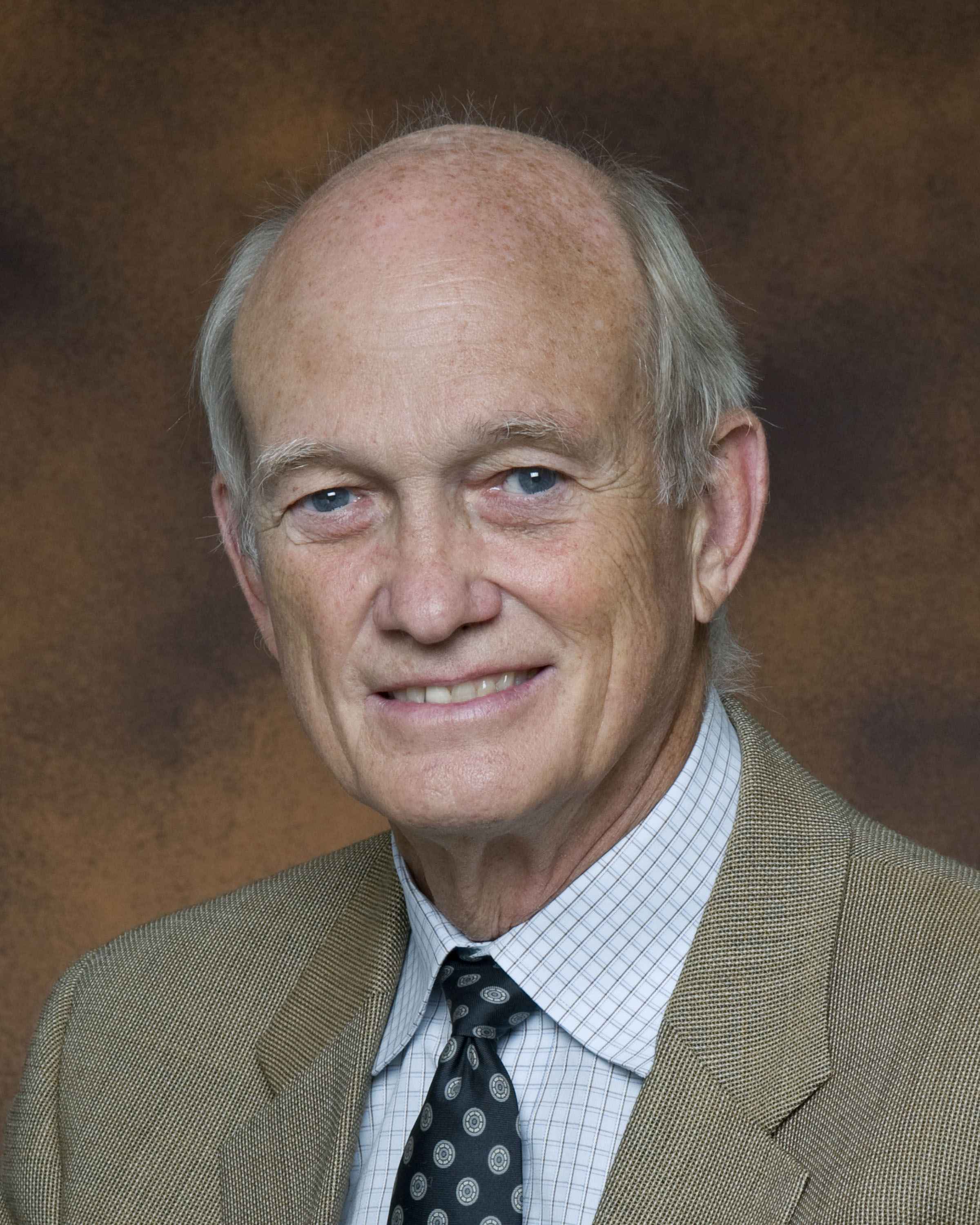Department of Energy's Office of Science director to discuss science for sustainable energy at first-ever visit to Virginia Tech

The director of the Department of Energy (DOE) Office of Science — the largest supporter of basic research in the physical sciences in the nation — will talk about challenges related to energy use and global warming during his first-ever visit to Virginia Tech on Wednesday, Oct. 17.
William F. Brinkman, one of America's leading physicists, will discuss research on solar cells, biofuels, and other scientific advances aimed at reducing carbon dioxide emitted into the atmosphere at 2 p.m. in Room 310 of the Institute for Critical Technology and Applied Science I headquarters at the corner of Old Turner and Stanger streets. Virginia Tech students and faculty are encouraged to attend.
"Sustainability is an important strategic goal for Virginia Tech, and few issues are more important than energy sustainability," said Satish V. Kulkarni, Virginia Tech director for energy initiatives. "Dr. Brinkman's office also oversees 10 national laboratories that are essentially the crown jewels of U.S. scientific enterprise, and in many ways our science and engineering are aligned with them. From my viewpoint, it is important to enable our faculty and students to see developments in the broader scientific community, understand national strategic goals, and determine how to align our research and development with those goals."
Brinkman’s 2 p.m. lecture, "Science for Energy Sustainability," touches on new technologies and efficiency gains in jet engines and home-energy use, as well as on the DOE research that fueled a significant upturn in availability of natural gas.
Brinkman will also review new advances to help mitigate the problems of energy use, said Kulkarni, who will host Brinkman's daylong visit with young faculty, graduate students, and university leaders.
"Young faculty members and students are our investment for the future. They should be exposed to the scientific leadership of the United States," Kulkarni said. "I believe what Dr. Brinkman has to say about sustainability and strategic initiatives will help energize us. It is also important to let leaders such as Dr. Brinkman know what we are accomplishing as well as some of our concerns.”
The Office of Science has an annual budget of about $5 billion and is the nation’s largest supporter of basic research in the physical sciences. It supports about 25,000 researchers at more than 300 universities and other institutions in 50 states and the District of Columbia, and it has funded research that has led to more than 100 Nobel Prizes – including more than 20 Laureates just in the past 10 years. In all, it provides about 45 percent of federal funding for basic research in the physical sciences and key components of the nation's basic research in biology and computing, and it serves as the lead federal agency in support of scientific research for energy.
Brinkman left his position as senior research physicist at Princeton University to serve as director of the Office of Science in June 2009. During his Senate confirmation hearing, he said he looked forward to working "tirelessly to advance the revolution in energy technologies, to understand nuclear technologies, and to continue basic research in the 21st century."
Prior to Princeton, where he helped organize and guide the physics department's condensed matter group for eight years, Brinkman worked for many years in the private sector, holding positions at Bell Laboratories, where he advanced from executive director of the physics research division to vice president of research.
Brinkman received his bachelor's and doctoral degrees in physics from the University of Missouri, spent one year as a National Science Foundation postdoctoral fellow at Oxford University, and served as president of the American Physical Society. He chaired the National Academy of Sciences Physics Survey and its Solid-State Sciences Committee.
He has worked on theories of condensed matter and his early work also involved the theory of spin fluctuations in metals and other highly correlated Fermi liquids, according to his DOE biography. His explanation of the superfluid phases of one of the isotopes of helium and many properties of exotic states of matter was a major contribution of the 1970s, as was he and his colleagues' theoretical explanation of the existence of electron-hole liquids in semiconductors. Subsequent theoretical work on liquid crystals and incommensurate systems were additional important contributions to the theoretical understanding of condensed matter.
Brinkman's visit is sponsored by the Office of the Vice President for Research.
Dedicated to its motto, Ut Prosim (That I May Serve), Virginia Tech takes a hands-on, engaging approach to education, preparing scholars to be leaders in their fields and communities. As the commonwealth’s most comprehensive university and its leading research institution, Virginia Tech offers 240 undergraduate and graduate degree programs to more than 31,000 students and manages a research portfolio of $513 million. The university fulfills its land-grant mission of transforming knowledge to practice through technological leadership and by fueling economic growth and job creation locally, regionally, and across Virginia.




